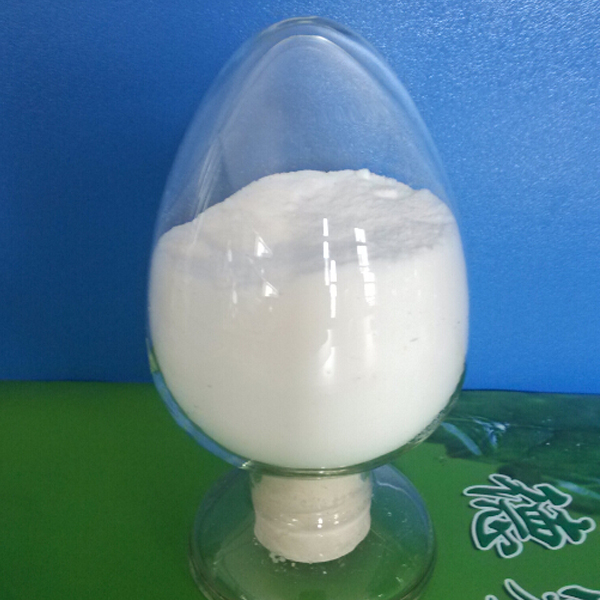
News
nov. . 12, 2024 01:29 Back to list
high quality chelating agent lead
High-Quality Chelating Agents for Lead Removal A Promising Approach to Environmental and Health Solutions
Lead pollution remains a critical environmental and public health challenge, particularly in areas with significant industrial activity and legacy uses of lead-based products. The toxicity of lead, even at low exposure levels, can lead to severe health issues including neurological damage, especially in children. To combat this pervasive threat, the use of high-quality chelating agents has emerged as an effective strategy for lead removal from contaminated environments and living organisms.
What are Chelating Agents?
Chelating agents are organic compounds that can form multiple bonds with a single metal ion, effectively 'grabbing' the metal and forming a stable complex. This process aids in solubilizing heavy metals like lead, making them more easily removable from soils, sediments, and even biological systems. Unlike simple agents that may only bind with a metal ion at one site, chelating agents provide multiple binding sites, which enhances their efficacy.
Types of Chelating Agents
1. EDTA (Ethylenediaminetetraacetic Acid) One of the most well-known chelating agents, EDTA is widely used for removing lead from water and soil. Its ability to bind lead ions effectively makes it a popular choice in various industrial applications.
2. DTPA (Diethylenetriaminepentaacetic Acid) Similar to EDTA, DTPA has a stronger affinity for lead and is often used in situations where EDTA may not be effective. It is particularly beneficial in areas with high lead concentrations.
3. Citric Acid Derived from natural sources, citric acid is an environmentally friendly chelating agent. While its binding capacity for lead is not as strong as synthetic agents, its application reduces the environmental impact.
4. NTA (Nitrilotriacetic Acid) Another alternative, NTA is less toxic than EDTA and has been used in various applications, from agriculture to cleaning products, to aid in the chelation of lead.
high quality chelating agent lead

Applications of Chelating Agents
The applications of high-quality chelating agents extend beyond environmental remediations, such as soil decontamination and purification of groundwater. They are also applied in medical treatments to remove lead from human bodies—a process known as chelation therapy. Chelation therapy involves administering chelating agents to patients to bind with lead in the bloodstream, allowing it to be excreted through the urine.
Environmental science has recognized the role of these agents in phytoremediation, a process where plants are used to absorb contaminants from the soil. By enhancing the availability of lead in the soil through the application of chelating agents, researchers can facilitate the uptake of lead by plants, which can then be harvested and disposed of safely.
Considerations and Challenges
Despite their promise, the use of chelating agents is not without challenges. The effectiveness of chelators can vary based on environmental conditions such as pH and the presence of competing ions. There is also a concern regarding the potential reactivity of lead-chelate complexes and their stability in different environments.
Moreover, the ecological impact of deploying these agents, particularly in large quantities, must be carefully managed. Some chelating agents can change the chemical makeup of soil and water, potentially leading to unintended consequences.
Conclusion
High-quality chelating agents offer a viable solution to the critical problem of lead contamination, whether in the environment or human health. With continuing advancements in the design and application of these agents, and a growing understanding of their interactions within various ecosystems, it is possible to mitigate the effects of lead pollution effectively. As the world becomes increasingly aware of the dangers of toxic metals, the importance of innovative strategies like chelation becomes ever more apparent, paving the way for healthier communities and cleaner environments.
-
Polyaspartic Acid Salts in Agricultural Fertilizers: A Sustainable Solution
NewsJul.21,2025
-
OEM Chelating Agent Preservative Supplier & Manufacturer High-Quality Customized Solutions
NewsJul.08,2025
-
OEM Potassium Chelating Agent Manufacturer - Custom Potassium Oxalate & Citrate Solutions
NewsJul.08,2025
-
OEM Pentasodium DTPA Chelating Agent Supplier & Manufacturer High Purity & Cost-Effective Solutions
NewsJul.08,2025
-
High-Efficiency Chelated Trace Elements Fertilizer Bulk Supplier & Manufacturer Quotes
NewsJul.07,2025
-
High Quality K Formation for a Chelating Agent – Reliable Manufacturer & Supplier
NewsJul.07,2025
